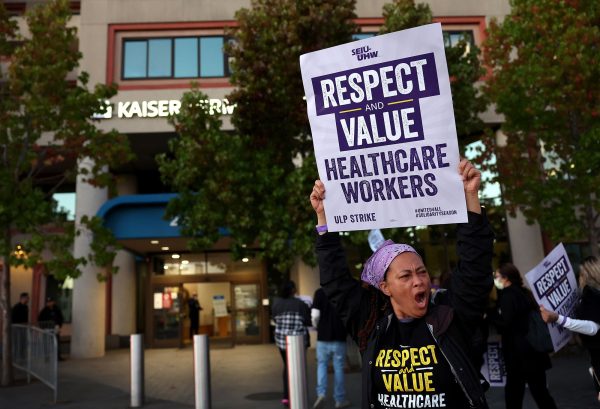Purchasing power
Inflation across the nation
College students have forever been burdened with the stereotype of being broke. Rightfully so, while this stereotype is fitting for a large population, imagine the feelings of many – college students and the rest of humankind alike – to venture into a grocery store only to find that the prices of some items have nearly doubled.
Inflation has been a well versed subject since gas prices went through the roof in the middle of 2022. Many individuals were searching for a reason as to why petrol prices rose such a drastic amount in such a short amount of time. Although there is not one straight-up answer, after understanding what inflation is, why it occurs, and how it happens, someone might be able to decide for themselves what – or who – to blame.
Inflation is the term that refers to the phenomenon of prices rising over time. It is also what economists consider to be one of the worst man-made catastrophes that will forever plague humankind. For example, if someone were to go to the supermarket and buy the exact same groceries that they bought six months ago, and they realize that they paid an additional $10 on the same selection of products, it would be considered inflation.
In the early 1900’s, an individual could stroll up to a vending machine and retrieve a can of soda for a measly five cents. In the current day and age, someone would be extremely fortunate if they could purchase a canned soda for an amount less than two dollars. Over time, there has always been a gradual increase in the prices of products, but in most cases, it was such a small increase that it was nothing too alarming.
The general rise of prices for products over time is not a result of the products suddenly becoming worthy of premium prices, it is a result of the value of the currency decreasing over time. Moreover, the American dollar does not have as much purchasing power as it used to.
Inflation occurs as a result of various circumstances. A rise in production costs of an item, an increase in transportation costs, and even a rise in employee wages all have their impact in the grand-scheme of inflation.
Most notably in current circumstances, inflation can be a direct result of not enough supply to meet the demands that are set by the customers. If someone were to walk into their local grocery store this week, they would notice that the prices of eggs have drastically increased in the past few months. This spike in prices is due to the demand for eggs being so high, and the supply of eggs being so low. The Avian flu has recently infected a large number of chickens, and because the supply of chickens is low, the supply of eggs is even more scarce.
In more common situations, the weather impacts the supply of innumerable food products, especially in the United States. In some places, extremely high temperatures can wipe out dairy cow populations, leading to the costly prices of butter and milk. Conversely, in other locations the weather can unexpectedly drop, which leads to crop failure and inevitably expensive repercussions.
Hyperinflation is the occurrence of, “situations where the prices of all goods and services rise uncontrollably over a defined time period,” the Corporate Financial Institute website reported. In more simple terms, hyperinflation can be considered to be extremely rapid inflation. In most cases, hyperinflation is a direct result of an increase in physical money supply. When more money is produced and used to fulfill budget payments or to be directly put into domestic circulation, the less value that the respective currency has. As a result, when the value of the money decreases, prices for goods and services rise. In the circumstances of hyperinflation, people will begin to exchange their domestic currency to the stable currency of an international entity to preserve the value of the money that they trade in. They also tend to invest in secure durable goods such as jewelry and equipment.
In the United States, the Federal Reserve is in charge of looking after the economy and monitoring inflation. Monetary policies assist the Federal Reserve to dampen the risk of serious inflation issues by allowing them to decrease the money supply if necessary. By directly or indirectly decreasing the supply of money available, the rate of spending decreases because people are influenced to save their money, which in turn slows down the economy and inflation risk.
In some instances, inflation is not necessarily viewed in a negative manner. Overall, the slow increase of prices over a long period of time is what helps to keep the economy diverse, dynamic, and growing. Inflation holds a positive aspect whenever wages rise along with it. In fact, the U.S. Central Bank has a strict target inflation rate of 2 percent in order to promote employment and ensure price stability.
In the long run, inflation impacts everybody. Every producer, every worker, and every consumer is impacted in some way by inflation. While everyday consumers might feel the sting the most, businesses and major corporations also take a hit from the soaring prices. Perhaps inflation burdens low-income households the most, seeing that it is impossible to buy high-priced products with a low-income budget. Nevertheless, in whatever scenario, it is vital to remember that inflation has its hold on everybody, and as a society, not one person is free from its grasp.




